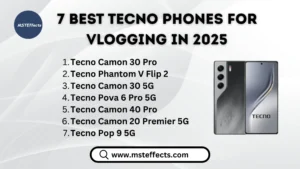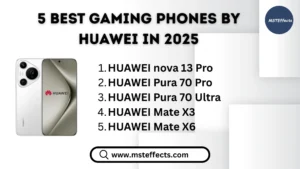Tech Reviews
Welcome to Msteffects! We help you pick the best tech. We check new smartphones, looking at features like how AI makes photos better and helps with real-time translation. We test smart TVs, showing how AI perfects picture and sound and learns your favorite shows.
We also review laptops, from school models to powerful work machines. Many now have AI brains for faster performance and better battery life, even improving video calls. Plus, we cover household equipment like smart speakers and robot vacuums. These use AI to learn your habits, making daily tasks easier. We give you simple, up-to-date reviews you can trust, highlighting how AI makes these gadgets smarter. Find your perfect tech with us!


Smart Phones Reviews
Hello, tech friends! At Msteffects, we love helping you find the perfect smartphone. Many top brands like Samsung, Apple, and Xiaomi make amazing phones today. We look at all of them! Smartphones are super smart now because of AI, or Artificial Intelligence. AI helps your phone do cool things. For example, when you take a picture, AI makes it look better. It can fix colors, make faces clear, and even erase things you don’t want in your photo! This means you get great pictures every time, even in low light.
AI also helps your phone’s battery last longer. It learns how you use your phone and saves power when you don’t need it. Plus, AI can help with talking to your phone. It makes voice assistants like Siri and Google Assistant understand you better. It can even translate languages as you speak! So, whether you want a phone for great photos or a long-lasting battery, we check how AI makes it better for you. We keep you updated on all the latest smart features!
Top Features To Look in A Smartphone!
Factors that control the performance of a smartphone
A smartphone’s processor is its brain; look for at least 8 cores and 2.0 GHz. RAM is short-term memory, with 4GB being a good minimum for smooth multitasking. Storage, preferably UFS, should be at least 64GB, with 128GB better for most. Software optimization ensures smooth performance, often found in reviews. A display refresh rate of 90Hz or 120Hz makes scrolling fluid. High touch responsiveness (180Hz+) is great for gaming. Lastly, good thermal management prevents the phone from slowing down due to heat.
No. 1: Processor (SoC)
The processor is like the brain of your smartphone. It helps your phone do everything, like opening apps and playing games. A stronger brain means a faster phone! When you look at a phone box, look for “Processor” or “SoC.” A good processor for a smooth phone should have at least 8 cores. More cores are better for doing many things at once. Also, look for a high “clock speed” which is measured in GHz. A higher number like 2.0 GHz or more is usually better.
No. 2: RAM (Random Access Memory)
RAM is like your phone’s short-term memory. It helps your phone run many apps at the same time without slowing down. If you open many apps or play big games, you need more RAM. On the phone box, look for “RAM” or “Memory.” For a phone to feel quick and smooth, especially for daily use and some games, you should look for at least 4 GB of RAM. More RAM, like 6 GB or 8 GB, is even better for heavy use.
No. 3: Storage Type and Speed (UFS/eMMC)
This is where your phone keeps all your photos, videos, and apps. The type of storage matters for how fast things open and save. “UFS” is faster than “eMMC.” It’s like a super-fast road compared to a regular road. You want UFS if you can get it. For how much space, look for “Storage” or “Internal Storage” on the box. A minimum of 64 GB is good, but 128 GB or more is better for most people so you don’t run out of space quickly.
No. 4: Software Optimization and UI Fluidity
This is about how well the phone’s programs work with its parts. Good software makes the phone feel smooth and easy to use. It’s like a well-oiled machine. This information is not usually on the box. You can check reviews or try the phone in a shop. A phone with “clean” software, like Google Pixel phones, often feels very fast. Look for phones that get regular updates, as these often improve how smooth the phone runs.
No. 5: Display Refresh Rate
The display refresh rate tells you how many times the screen updates itself in one second. A higher number means smoother pictures, especially when you scroll or play games. Look for “Refresh Rate” on the box. 60Hz is standard, but 90Hz or 120Hz makes a big difference. It makes everything look much smoother, almost like magic! For a good experience, try to get a phone with at least a 90Hz refresh rate.
No. 6: Touch Responsiveness and Sampling Rate
This means how quickly the screen responds when you touch it. A high touch sampling rate makes games and typing feel very quick. It’s how many times the screen checks for your finger each second. This is important for gaming. This information is not always on the box, but often found in product descriptions online. A higher number, like 180Hz or 240Hz, is better for fast games.
No. 7: Thermal Management and Throttling
Your phone can get warm when you use it a lot, like when playing games. “Thermal management” helps keep it cool. If a phone gets too hot, it might slow down on purpose. This is called “throttling.” Good phones manage heat well so they stay fast. You won’t see this on the box. But you can look at reviews or feel the phone after using a demanding app for a while. A phone that doesn’t get too hot quickly is a good sign.
What Camera Features You Must Know Before Buying a Smartphone?
When buying a smartphone, checking camera features is super important. You can find this info on the phone’s box or on the brand’s website. Look for clear numbers and details. These numbers tell you how good the camera will be. Let’s learn what each feature means and what numbers are good.
Megapixels (MP)
Megapixels tell you how many tiny dots (pixels) make up your photo. More megapixels can mean more detail, especially for big prints. But a high MP number isn’t everything. A good phone needs a good sensor size too. You want at least 12 MP for good photos. Look for brands that balance MP with sensor quality like Sony or Zeiss. This balance gives you clear pictures.
Aperture (f-number)
Aperture is like the eye of the camera. It is the opening that lets light in. A smaller f-number means a wider opening. A wider opening lets in more light. More light makes brighter and clearer photos. Especially in dim places. Look for an f-number like f/1.8 or smaller (like f/1.6). This means your photos will be good even when it’s dark.
Optical Image Stabilization (OIS)
OIS helps keep your photos and videos steady. When you move your hand a little, OIS fixes it. This means less blurry pictures. It is very important for clear shots. Especially in low light or when zooming in. OIS moves the lens to stop the shake. It makes sure your photos are sharp. Look for “OIS” on the box.
Lens Type (Wide-angle, Ultra-wide, Telephoto)
Smartphones often have many lenses. A wide-angle lens takes big pictures, like landscapes. An ultra-wide lens takes even bigger pictures. A telephoto lens helps you zoom in on things far away. Look for phones with at least a wide-angle and an ultra-wide lens. A telephoto lens is a great bonus for zooming.
Video Resolution (4K, 8K, 1080p)
Video resolution tells you how clear your videos will be. 1080p is good for everyday videos. 4K makes videos much sharper with more detail. 8K is super clear, like real life. Higher resolution videos take up more space. For most people, 1080p or 4K is good. Look for 4K video recording at least.
Night Mode/Low Light Performance
Night Mode helps you take good pictures when it’s dark. It makes dark photos brighter and clearer. Without night mode, dark photos can look grainy. A good night mode makes colors pop. It reduces blur in low light. Check if the phone has a good night mode. It makes a big difference for evening photos.
Portrait Mode/Bokeh Effect
Portrait Mode makes the person in your photo sharp. It blurs the background. This blurred background is called the “bokeh effect.” It makes your subject stand out. It looks like professional photos. Most new phones have a good portrait mode. Look for phones that create a natural-looking blur.
Zoom (Optical, Digital, Hybrid)
Zoom lets you get closer to your subject. Optical zoom uses the actual lens to zoom. It keeps the picture clear. Digital zoom makes the picture bigger by cropping. This can make photos blurry. Hybrid zoom mixes optical and digital zoom. Optical zoom is the best. Look for optical zoom to get clear close-up shots.
Far far away, behind the word mountains, far from the countries Vokalia and Consonantia, there live the blind texts. Separated they live in Bookmarksgrove right at the coast
Far far away, behind the word mountains, far from the countries Vokalia and Consonantia, there live the blind texts. Separated they live in Bookmarksgrove right at the coast
Android Vs I Phone
Why Android Phone?
zLorem ipsum dolor sit amet, consectetur adipiscing elit. Ut elit tellus, luctus nec ullamcorper mattis, pulvinar dapibus leo.
Why I Phone?
Lorem ipsum dolor sit amet, consectetur adipiscing elit. Ut elit tellus, luctus nec ullamcorper mattis, pulvinar dapibus leo.
Our Latest Videos
Top Smartphone Brands
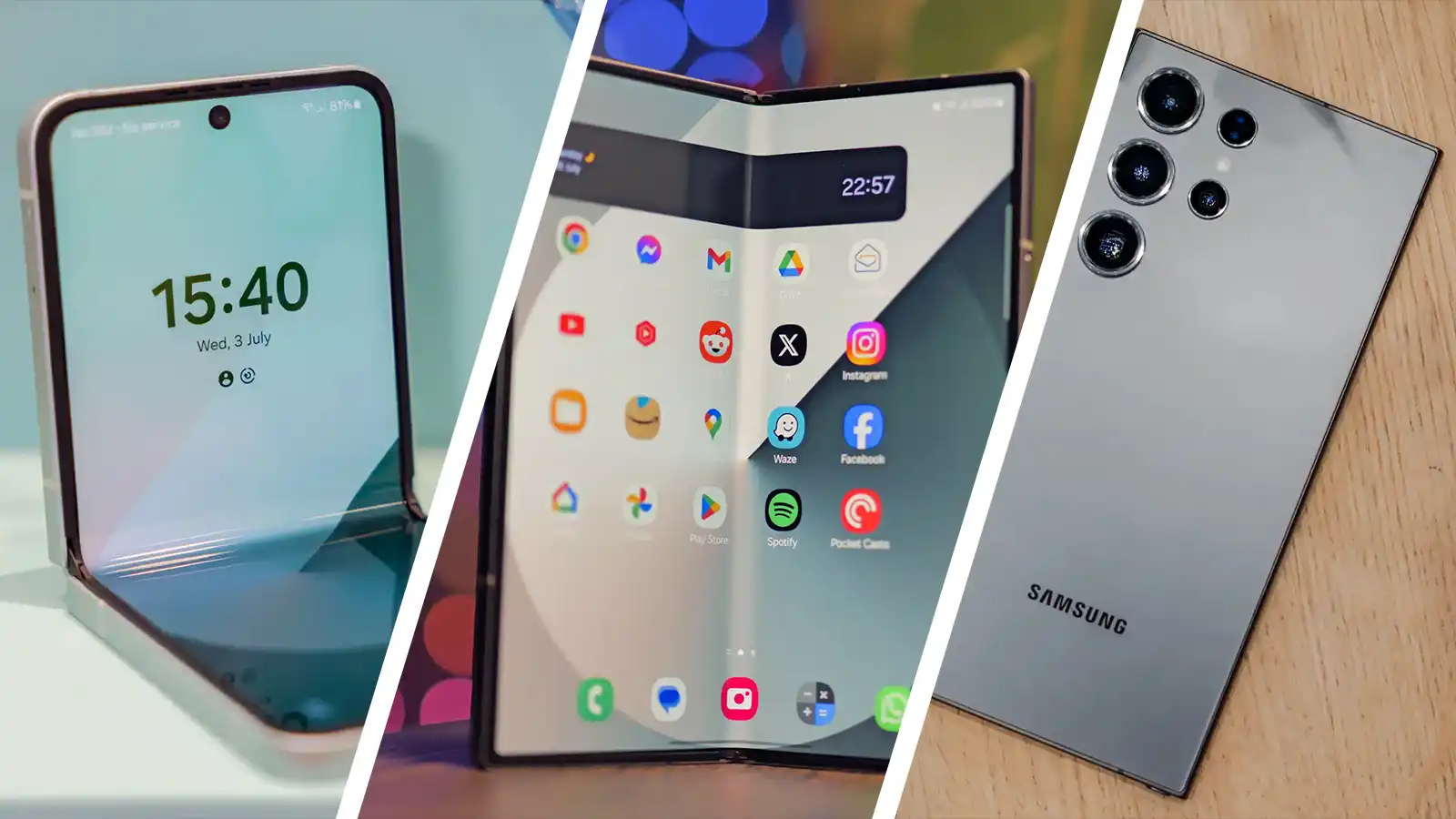
Samsung
Lorem ipsum dolor sit amet, consectetur adipiscing elit. Ut elit tellus, luctus nec ullamcorper mattis, pulvinar dapibus leo.
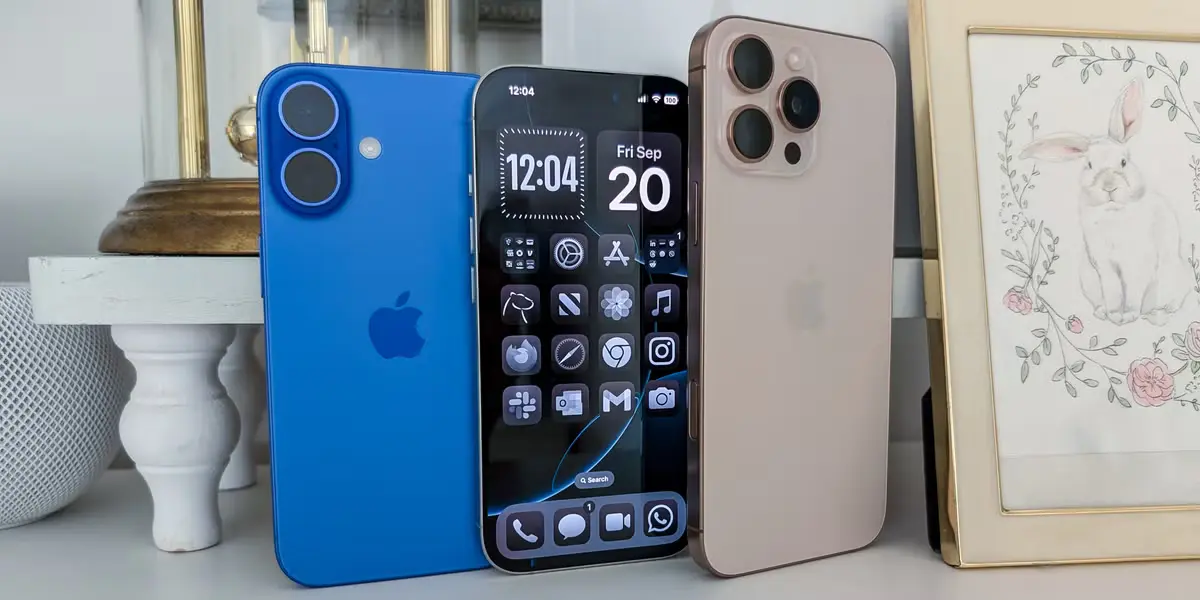
I Phone
Lorem ipsum dolor sit amet, consectetur adipiscing elit. Ut elit tellus, luctus nec ullamcorper mattis, pulvinar dapibus leo.
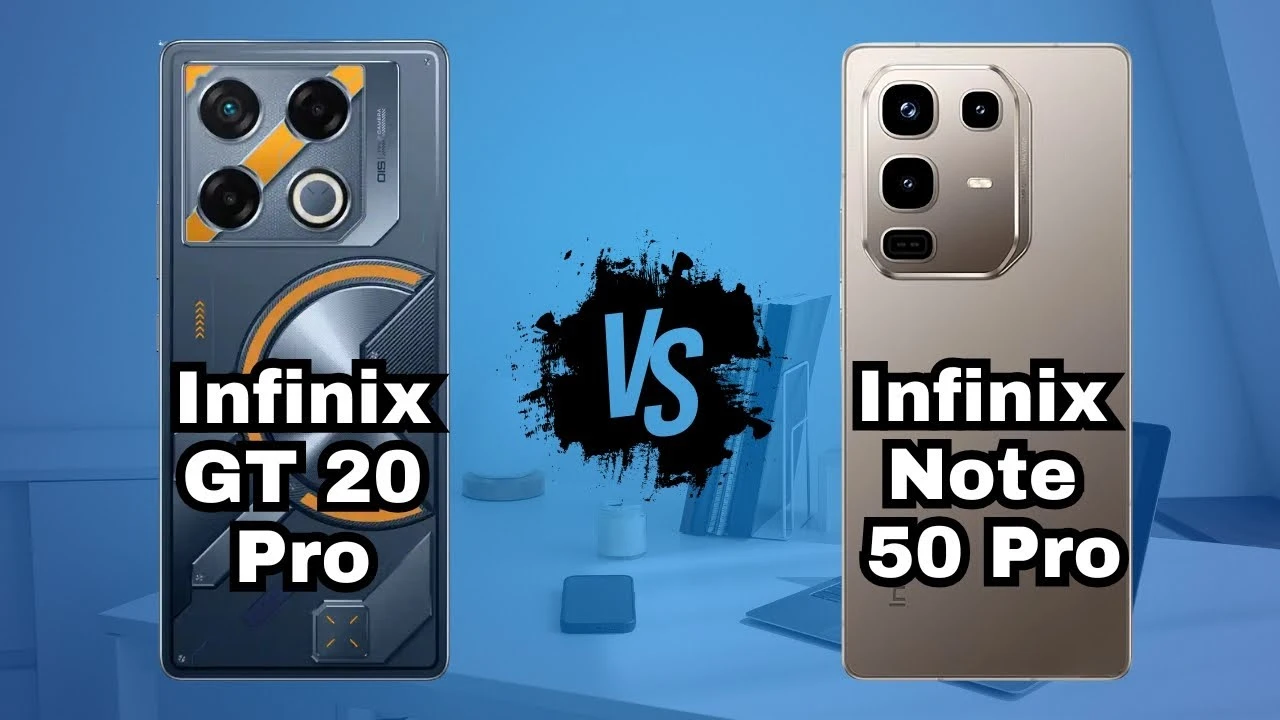
Motorola
Lorem ipsum dolor sit amet, consectetur adipiscing elit. Ut elit tellus, luctus nec ullamcorper mattis, pulvinar dapibus leo.
AI Enhancement In Smartphones
zLorem ipsum dolor sit amet, consectetur adipiscing elit. Ut elit tellus, luctus nec ullamcorper mattis, pulvinar dapibus leo.
Lorem ipsum dolor sit amet, consectetur adipiscing elit. Ut elit tellus, luctus nec ullamcorper mattis, pulvinar dapibus leo.
Frequently Asked Questions
What is included in Tech Reviews?
Lorem ipsum dolor sit amet, consectetur adipiscing elit. Ut elit tellus, luctus nec ullamcorper mattis, pulvinar dapibus leo.
What is included in Tech Reviews?
Lorem ipsum dolor sit amet, consectetur adipiscing elit. Ut elit tellus, luctus nec ullamcorper mattis, pulvinar dapibus leo.
What is included in Tech Reviews?
Lorem ipsum dolor sit amet, consectetur adipiscing elit. Ut elit tellus, luctus nec ullamcorper mattis, pulvinar dapibus leo.
What is included in Tech Reviews?
Lorem ipsum dolor sit amet, consectetur adipiscing elit. Ut elit tellus, luctus nec ullamcorper mattis, pulvinar dapibus leo.
What is included in Tech Reviews?
Lorem ipsum dolor sit amet, consectetur adipiscing elit. Ut elit tellus, luctus nec ullamcorper mattis, pulvinar dapibus leo.
What is included in Tech Reviews?
Lorem ipsum dolor sit amet, consectetur adipiscing elit. Ut elit tellus, luctus nec ullamcorper mattis, pulvinar dapibus leo.
What is included in Tech Reviews?
Lorem ipsum dolor sit amet, consectetur adipiscing elit. Ut elit tellus, luctus nec ullamcorper mattis, pulvinar dapibus leo.
What is included in Tech Reviews?
Lorem ipsum dolor sit amet, consectetur adipiscing elit. Ut elit tellus, luctus nec ullamcorper mattis, pulvinar dapibus leo.
What is included in Tech Reviews?
Lorem ipsum dolor sit amet, consectetur adipiscing elit. Ut elit tellus, luctus nec ullamcorper mattis, pulvinar dapibus leo.
What is included in Tech Reviews?
Lorem ipsum dolor sit amet, consectetur adipiscing elit. Ut elit tellus, luctus nec ullamcorper mattis, pulvinar dapibus leo.
